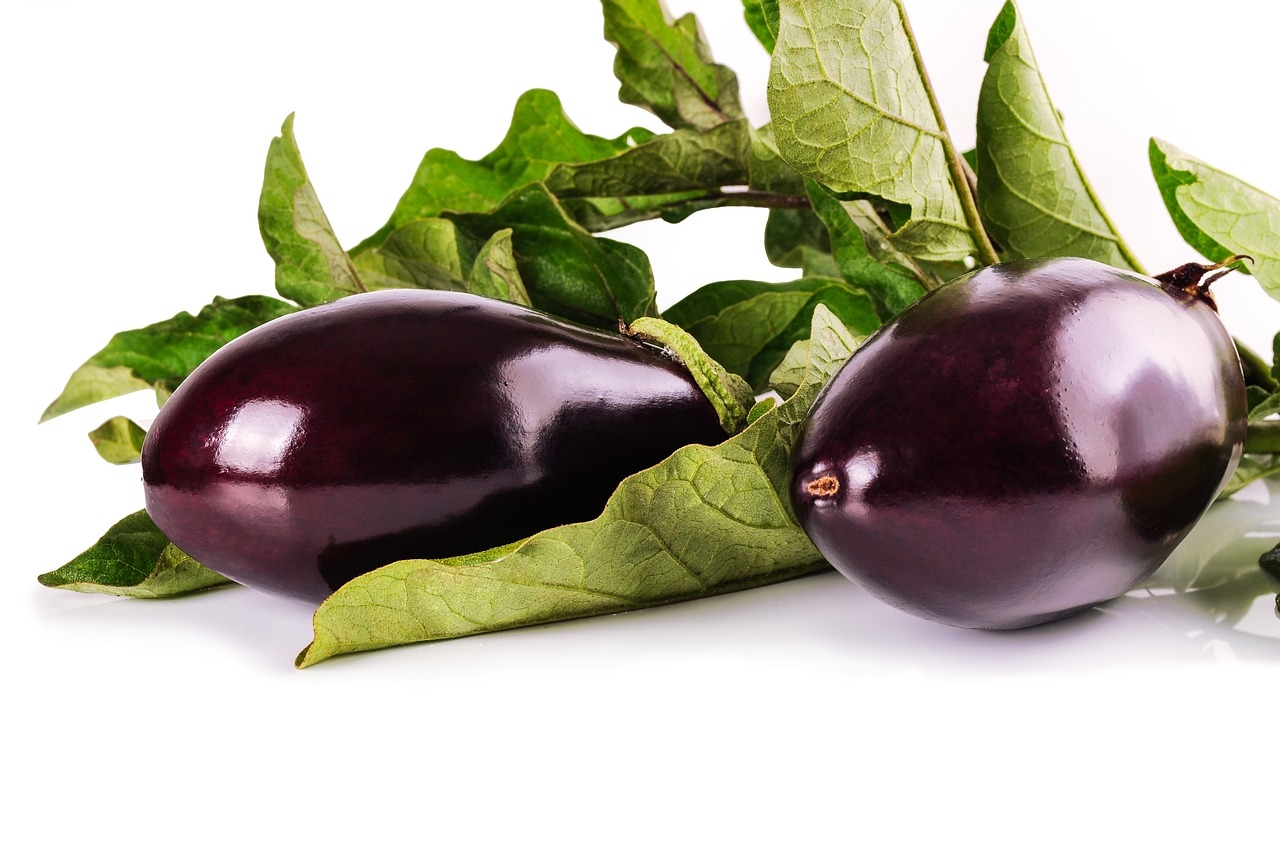We reach more than 65,000 registered users in Dec!! Register Now

Colorful, ‘healthy’ branding makes cannabis edibles appealing to teens
- July 02, 2025
- 2 Views
- 0 Likes
- 0 Comment
Bright colors, fruit imagery, and labels like “locally made” or “vegan” might seem harmless — but when used on cannabis edibles, they can send misleading messages to teens.
That’s according to a new Washington State University-led study examining how adolescents perceive the packaging of cannabis-infused products such as gummies, chocolates and sodas. Despite regulations barring packaging that targets youth, many teens in the study found these products appealing — often likening them to everyday snacks or health foods.
The research, conducted in collaboration with Public Health — Seattle & King County, is part of a broader effort to reduce accidental cannabis exposure among teens. The findings could help shape new rules aimed at limiting underage appeal.
Researchers conducted virtual focus groups and interviews with 28 Washington teens, ages 13 to 17, using real product photos from stores to prompt discussion. With parental permission, participants shared which packaging elements caught their eye and why.
The teens consistently pointed to bright, colorful designs and packaging that resembled healthy snacks as particularly appealing. Some said they’d display the packaging in their rooms or use it in social media posts. Others said terms like “locally made” and “vegan” made the products feel more aligned with their personal values — even if they knew the items contained cannabis.
“Our findings suggest that teens are drawn not just to the look of these packages, but to what the design represents,” said Stacey Hust, a professor in WSU’s Murrow College and the study’s lead author. “They saw these products as trendy, natural and aspirational — qualities that resonate with their identities and beliefs.”
The study also showed that teens with greater familiarity with cannabis — either through personal use or family exposure — were more likely to notice warning labels and dosage information. Those with less knowledge often overlooked health warnings or didn’t recognize cannabis symbols at all.


“Teens are telling us what speaks to them — and sometimes it’s not what adults expect,” said Sarah Ross-Viles, youth cannabis prevention manager with King County and study co-author. “If we’re serious about making cannabis packaging less appealing to youth, we need to use their insights to guide smarter, more effective regulations.”
The WSU team recently worked with Public Health — Seattle & King County health officials and the Washington State Liquor & Cannabis Board to conduct a follow-up quantitative study exploring how packaging elements correlate with perceived teen appeal and intent to use.
“We’re not calling for a marketing ban,” Hust said. “We’re asking for thoughtful regulations that balance the rights of adult consumers with the need to protect kids.”
List of Referenes
- Stacey J.T. Hust, J.F. Willoughby, L. Couto, S. Kang, C. Nickerson, R. Price, O. Johnson, S. Ross-Viles. Washington State Teens' Perceptions of Cannabis-Infused Product Packaging: A Qualitative Study. Journal of Health Communication, 2025; 1 DOI: 10.1080/10810730.2025.2514835
Cite This Article as
No tags found for this post









